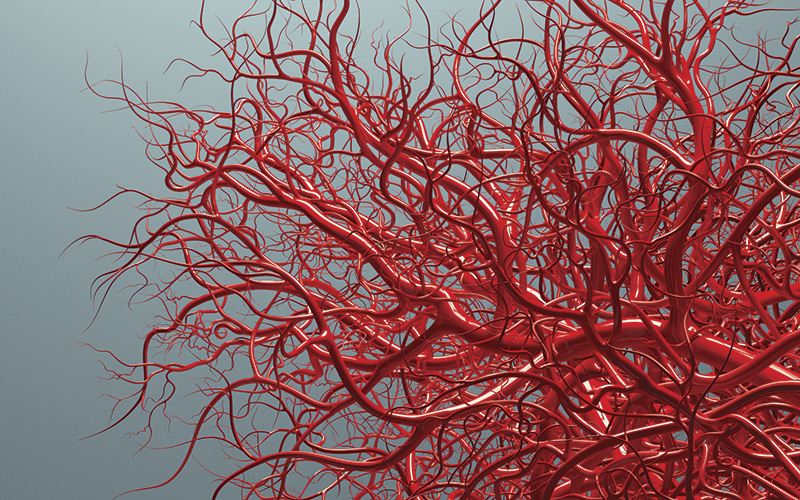A molecular switch has been identified that converts skin cells into cells that are found in blood vessels.

It could potentially be used to repair damaged vessels in patients with heart disease, or to engineer new vasculature in the lab.
This technique boosts levels of an enzyme that keeps cells young and could also help cells avoid ageing as they are grown in the lab.
This has been done before; however, this is the first time the technique has been understood by scientists.
One technique to convert cells involves turning a mature cell into a pluripotent stem cell, then using chemicals to mature it into the desired cell type. Cells can also be reprogrammed to bypassing the stem-cell state.
Scientists are now exploring a method in which skin cells lose some mature cell identity and become more stem-like.
“They don’t revert all the way back to a pluripotent stem cell, but instead turn into intermediate progenitor cells,” said the University of Illinois’ Jalees Rehman, who led the study, published in Circulation.
Even though they only differentiate into a few different cell types, progenitor cells can be grown in large quantities, making them suitable for regenerative therapies.
The researchers discovered that progenitor cells could be converted into blood vessel endothelial cells or erythrocytes, depending on the level of a gene transcription factor called SOX17. When SOX17 levels were increased, progenitor cells were five times as likely to become endothelial cells. When reversed, there were fewer endothelials and more erythrocytes.




